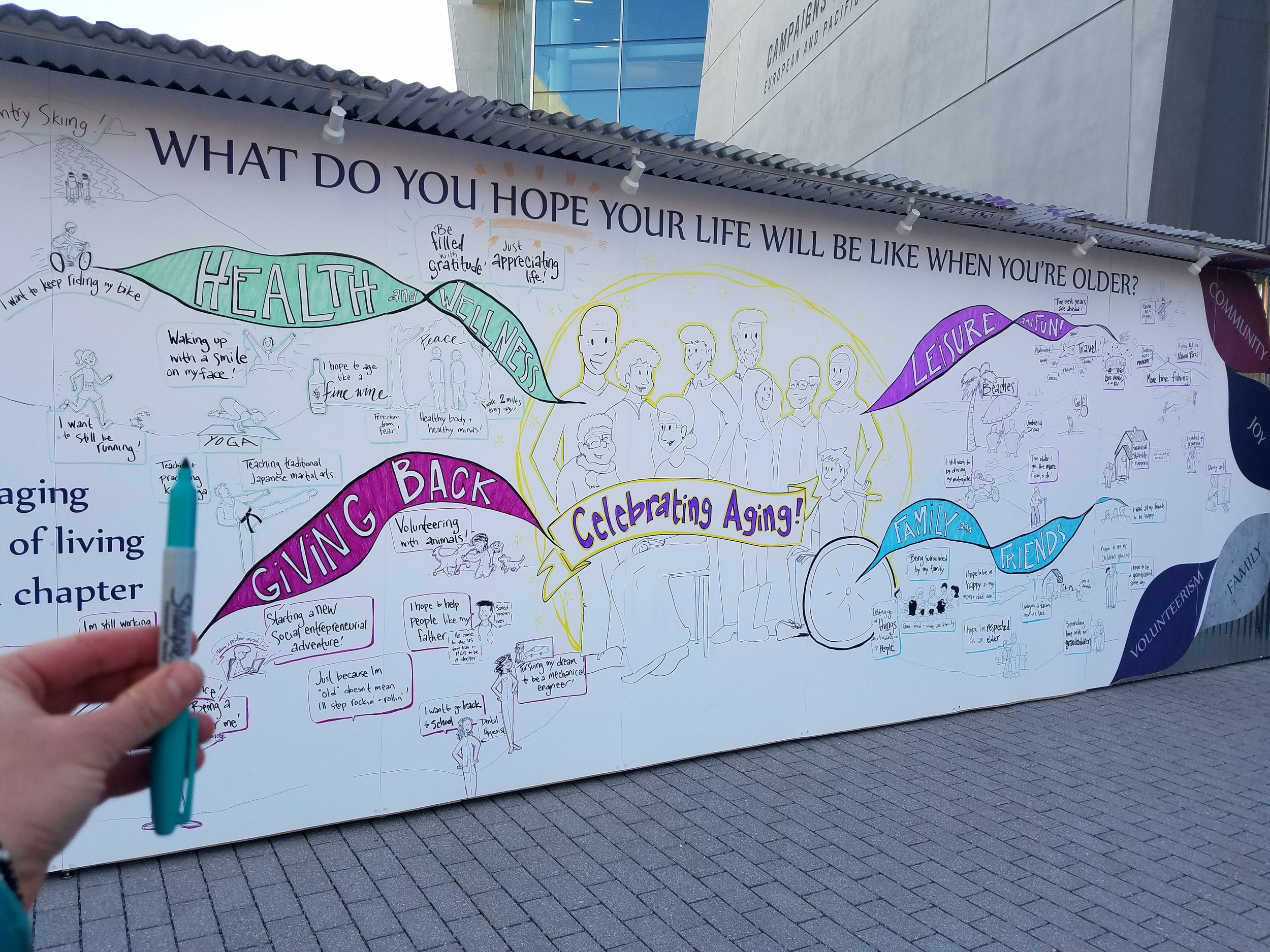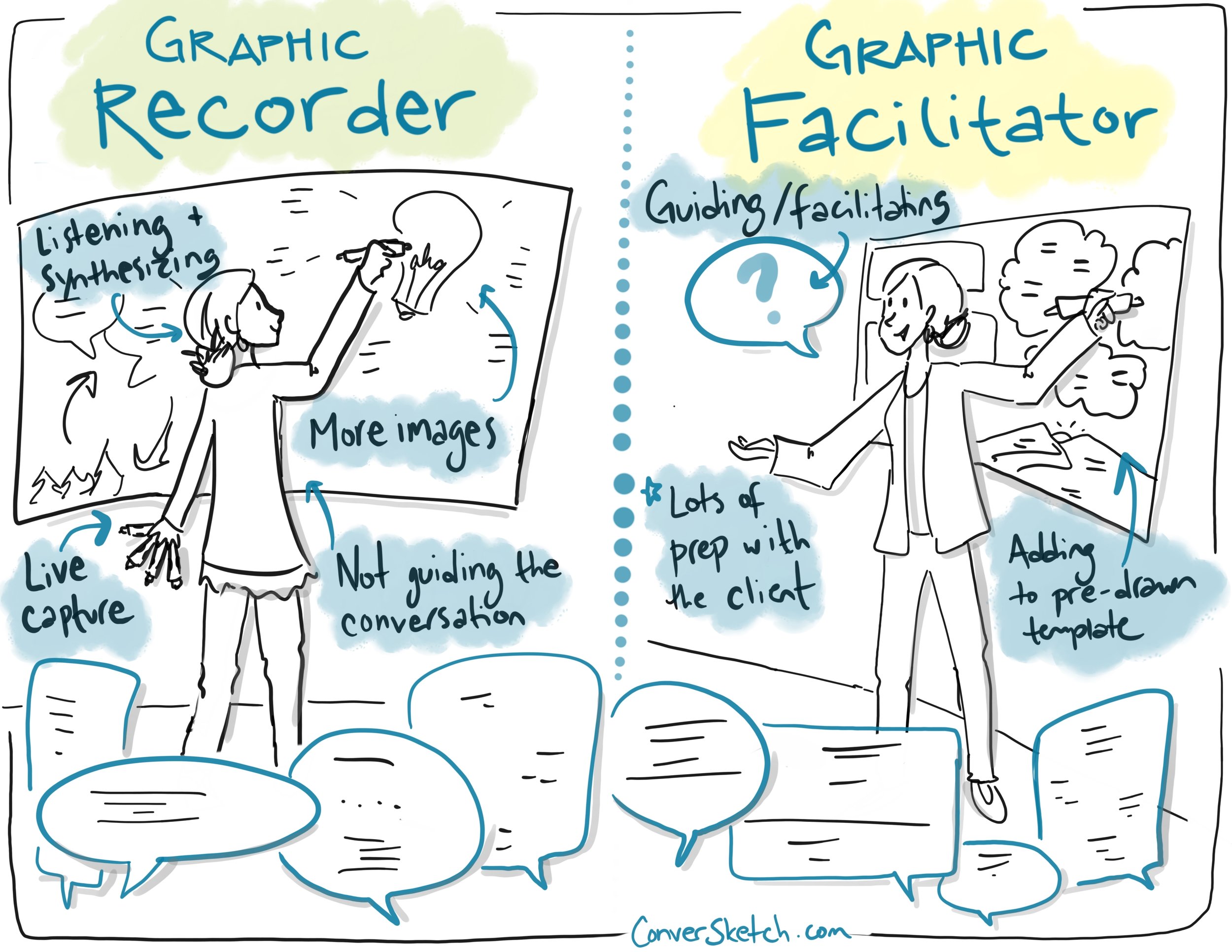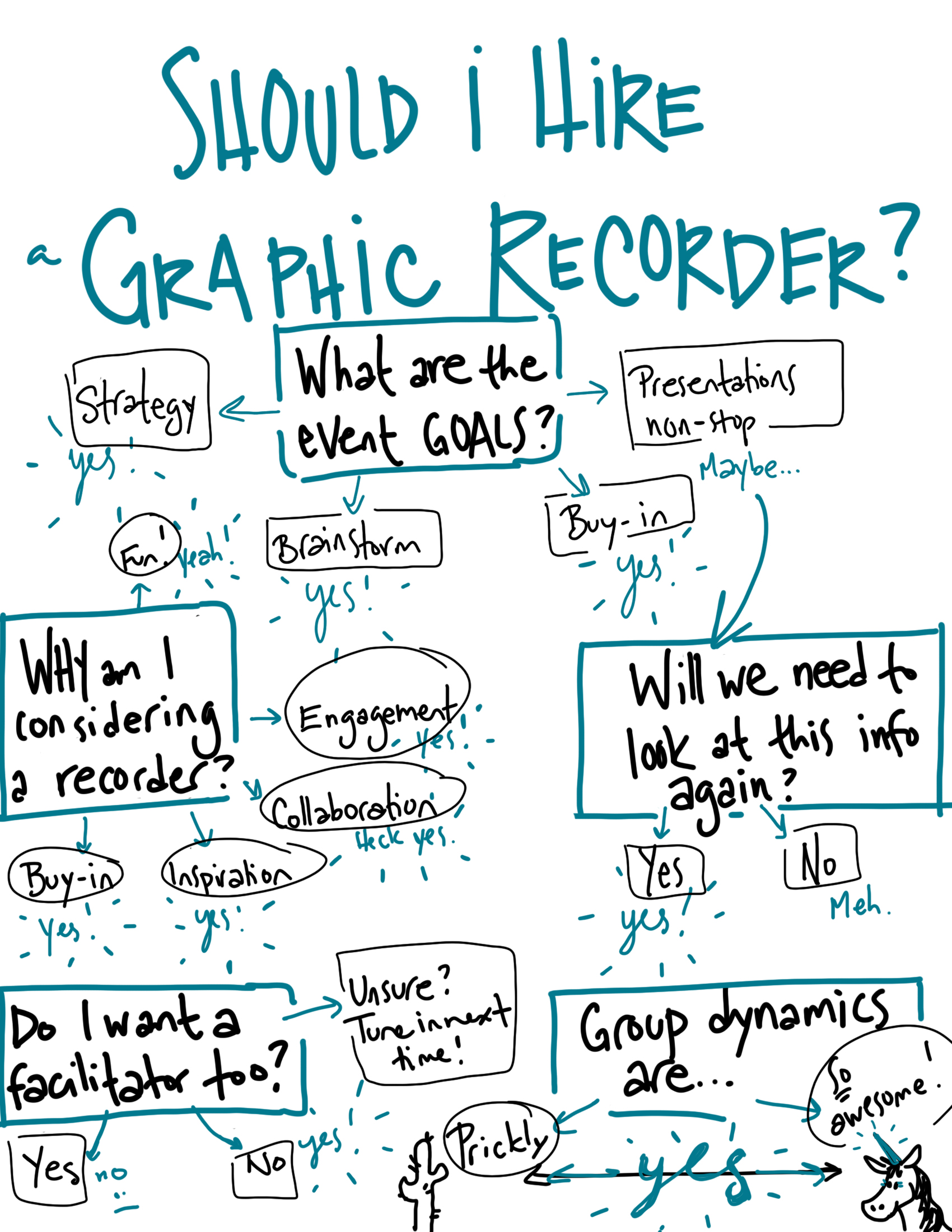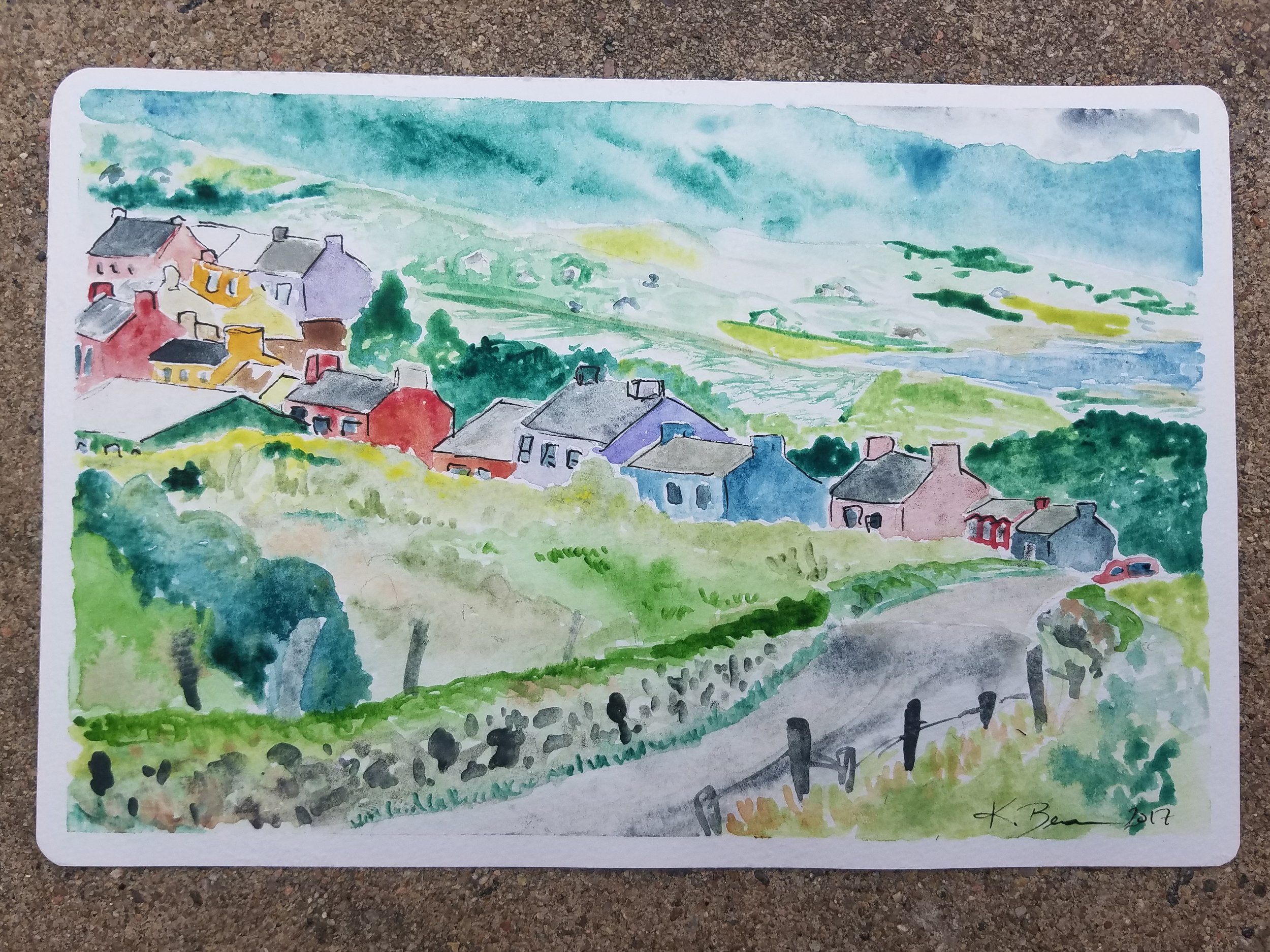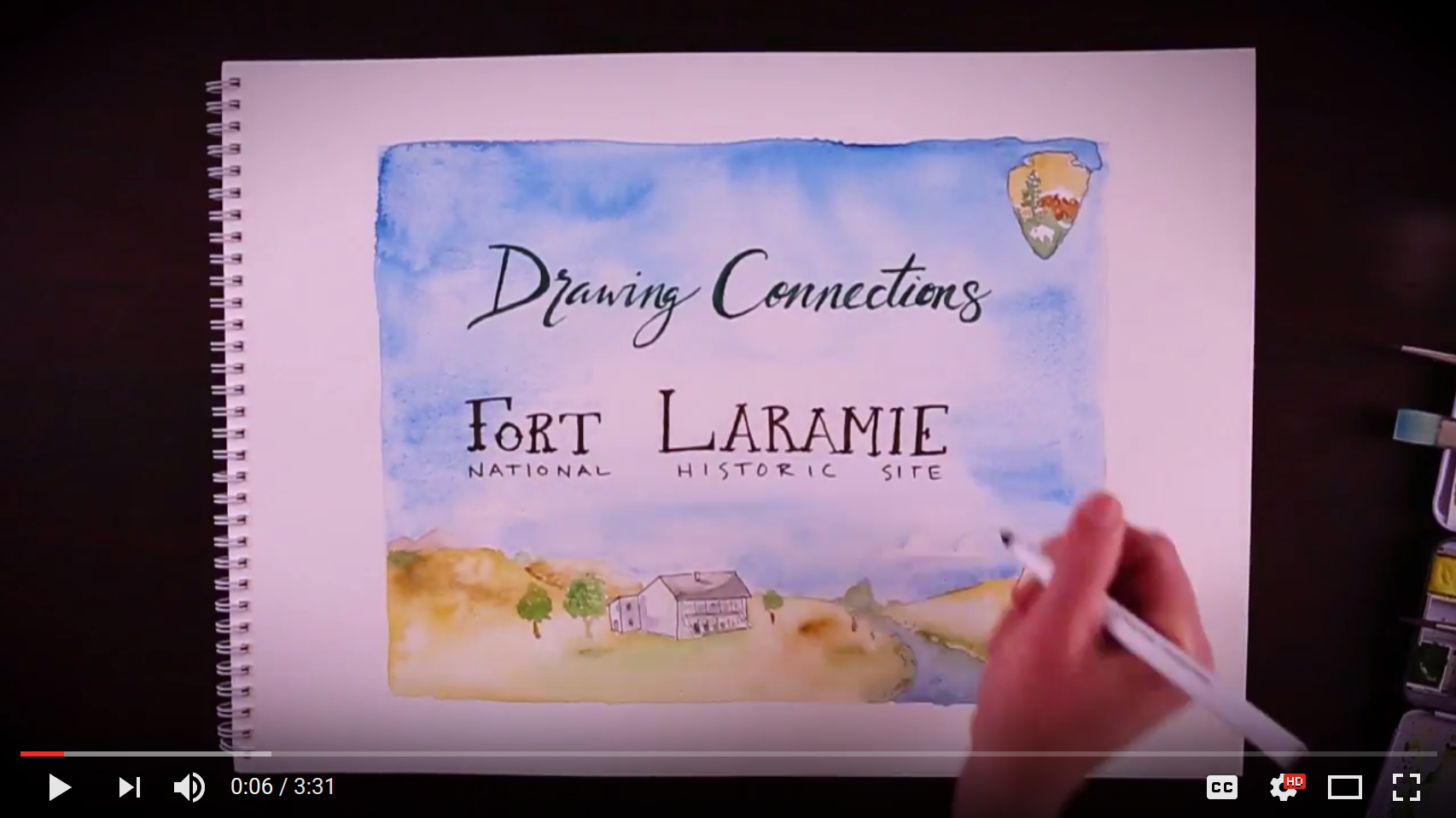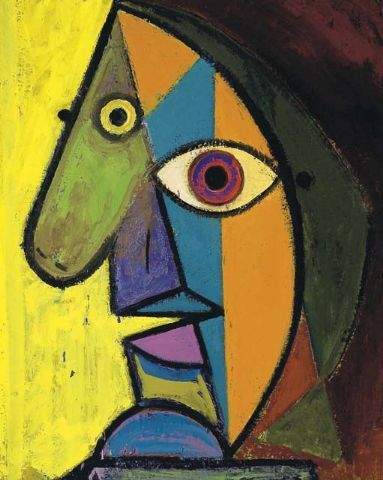Hi Blog Readers,
I am SO GRATEFUL you're here!
This is one of my favorite posts to write, because if there’s one thing I know, it’s that having an Attitude of Gratitude makes life absolutely splendid (also, if you click that link you can learn to draw a turkey!).
Time and again, when I’m focused on appreciating, that’s when I tend to attract exactly what I need. And the more I practice being grateful, the more I want to give!
There are a limitless number of ways you can cultivate an Attitude of Gratitude. Sometimes I make a list (love those), sometimes Spencer and I will go back and forth sharing things we’re grateful for when on a long drive, and sometimes I think about it when I’m exercising or painting.
This year, I want to give you a little Gratitude Doodle. You can write, draw, doodle, leave it blank and just think about what you’re grateful for… this downloadable image is for you (right click, save and print!)!
Once again, thank you from my heart and soul for your support, great senses of humor, brilliant minds, collaboration and what you're each doing to make the world a better place.
Cheers, Karina
Want to thank your people? Let’s talk about how to use visuals to create meaningful gifts for speakers, employees, bosses, and more!
Where in the World is ConverSketch?
The Studio
This week and last have been full of a big studio project for Colorado State University’s new Women and Philanthropy initiative. I’ve been listening to focus groups of women of different generations (Traditionalists to Generation Z) and capturing them visually. These illustrations will be used to show themes and inform the University about how women want to give back!
New Mexico
Today I’m headed to Albuquerque to graphic record for the New Mexico Breastfeeding Taskforce Summit – they’re all about providing resources to hospitals, clinics and other healthcare hubs to support breastfeeding mothers.



